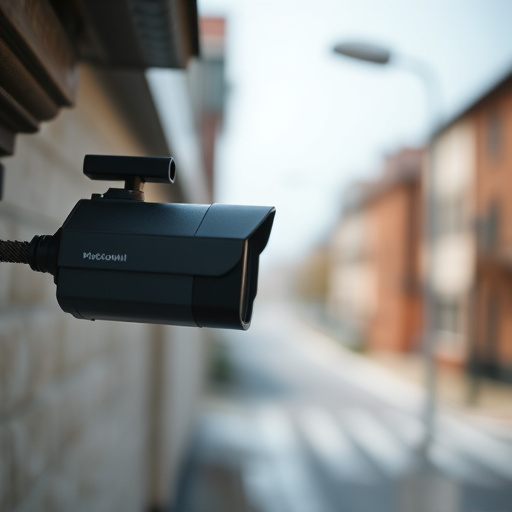Spy camera technology has advanced with remote viewing, high-res sensors, motion detection, and secure video transmission. Detection requires thermal imaging and RF scanning for privacy protection. Legal and ethical dilemmas arise from misuse potential; public education and legal frameworks are crucial to balance security and individual freedoms in spy camera with remote viewing use.
Uncover the ins and outs of hidden recording device signal scanning with this comprehensive guide. From understanding advanced spy camera technology to detecting elusive cameras, we explore innovative methods that empower you to navigate today’s surveillance landscape. Delve into effective strategies for identifying hidden devices, especially those equipped with remote viewing capabilities. Moreover, grasp the legal and ethical dimensions of remotely monitoring environments, ensuring responsible practices in an increasingly connected world.
- Understanding Spy Camera Technology
- Detecting Hidden Cameras: Advanced Methods
- Legal and Ethical Considerations of Remote Viewing
Understanding Spy Camera Technology
Spy camera technology has evolved significantly, becoming increasingly sophisticated and harder to detect. These hidden recording devices utilize a range of methods for signal scanning and transmission, often incorporating advanced features like remote viewing capabilities. A spy camera with remote viewing, for instance, can be discreetly placed almost anywhere—from home offices to conference rooms or even personal spaces—and controlled via a smartphone or computer, allowing users to monitor activities remotely.
The devices employ a combination of high-resolution sensors, infrared technology, and digital signal processing to capture video footage and transmit it securely. Some models feature motion detection capabilities, triggering the camera to record only when activity is detected, thereby conserving battery life and enhancing privacy protection. Understanding these technologies and their underlying mechanisms is crucial for both consumers and professionals seeking to safeguard personal spaces or conduct surveillance operations legally and effectively.
Detecting Hidden Cameras: Advanced Methods
Detecting hidden cameras, often referred to as spy cameras with remote viewing capabilities, requires sophisticated techniques and advanced scanning methods. Modern technology has introduced innovative ways to uncover such devices, ensuring privacy and security for individuals and organizations alike. One of the primary tools in this arsenal is thermal imaging, which detects heat signatures different from the surrounding environment, potentially revealing hidden cameras that are actively transmitting data.
Additionally, radio frequency (RF) scanning plays a pivotal role. This method identifies signals emitted by spy cameras, enabling experts to pinpoint their location and even remotely disable them if necessary. With the ability to scan across various frequencies, RF detection can uncover devices using wireless transmission, offering a comprehensive approach to detecting hidden cameras in both residential and commercial settings.
Legal and Ethical Considerations of Remote Viewing
The use of spy cameras with remote viewing capabilities raises significant legal and ethical questions. While these devices can provide a level of surveillance and monitoring, they also infringe upon privacy rights. It’s crucial to understand the boundaries set by laws regarding hidden recording devices, as unauthorized use can lead to severe legal consequences. Many countries have strict regulations against surveillance without consent, with penalties varying from fines to imprisonment.
Ethically, remote viewing capabilities necessitate a careful balance between security needs and individual freedoms. The potential for misuse is evident, especially when considering the ease of hiding such devices in everyday objects. As technology advances, it’s essential to foster public awareness, promote responsible use, and strengthen legal frameworks to protect citizens from privacy invasions by hidden spy cameras with remote viewing features.
Hidden recording devices, often referred to as spy cameras with remote viewing capabilities, have evolved into sophisticated tools. Through advanced signal scanning methods, these devices can now go undetected, raising important legal and ethical considerations. While technology advances offer enhanced privacy for individuals, it also necessitates heightened awareness of surveillance methods. Understanding the implications of spy camera technology encourages a balanced approach to both personal privacy and security in today’s digital landscape.
